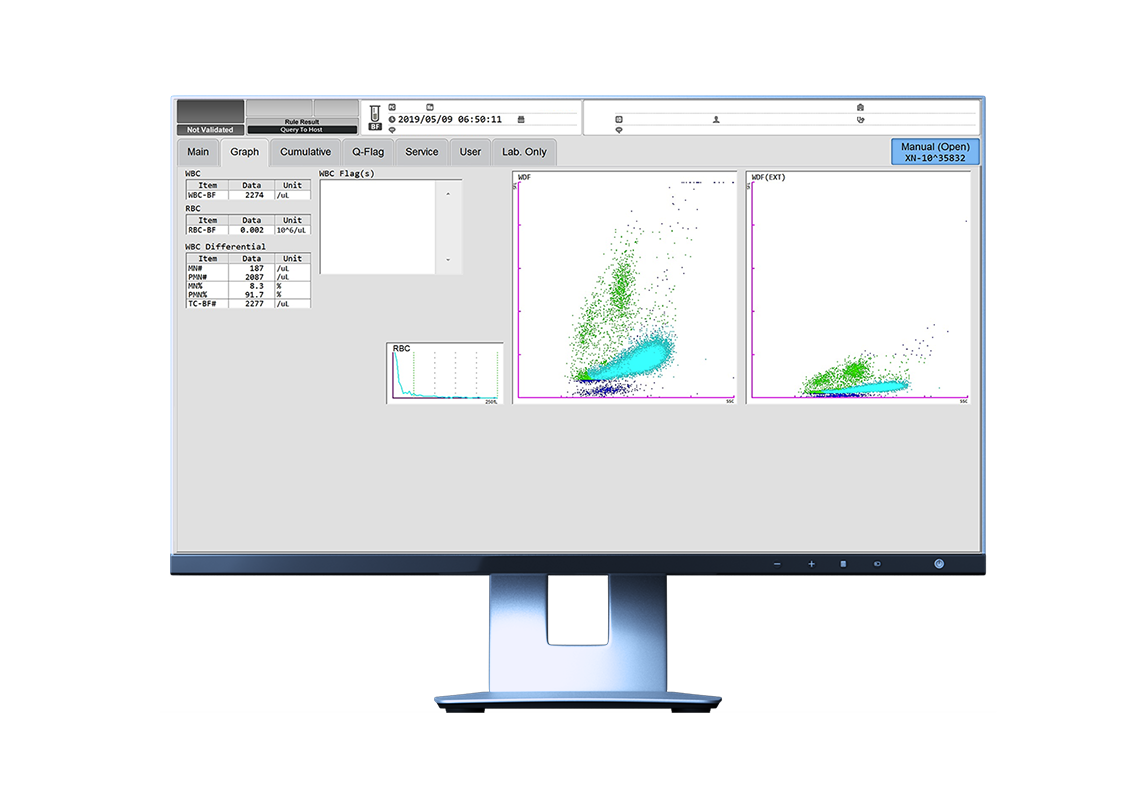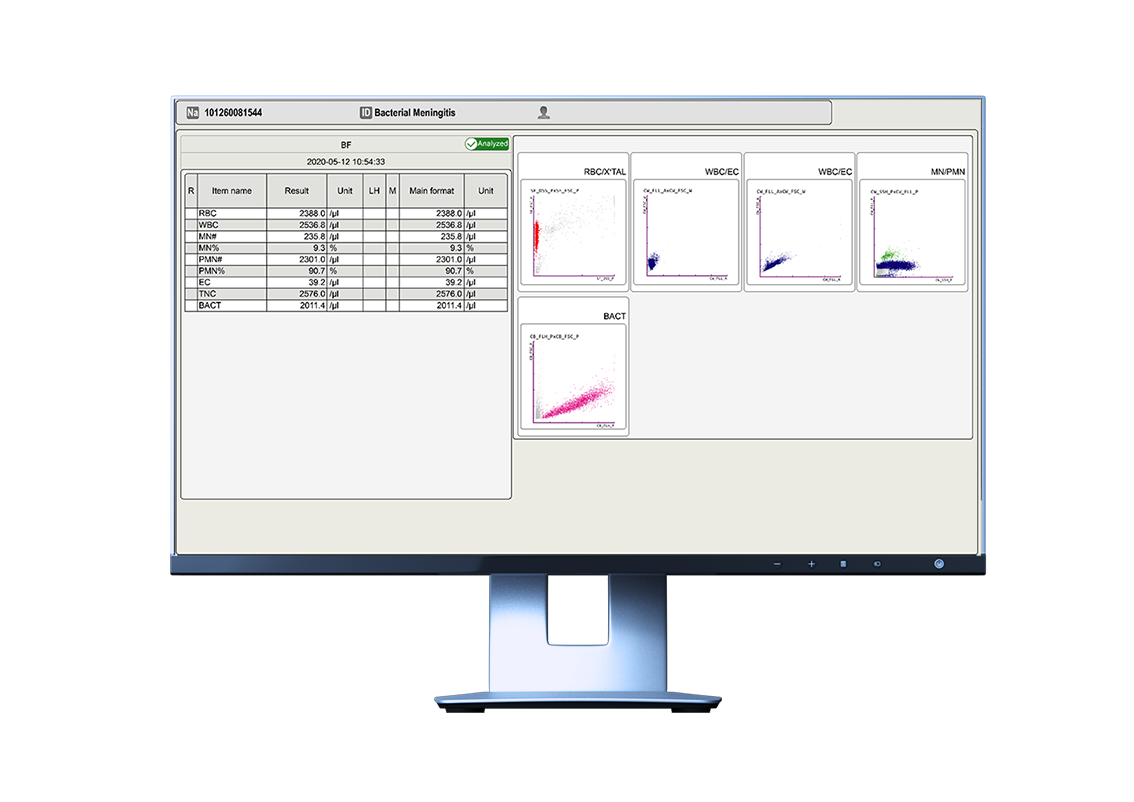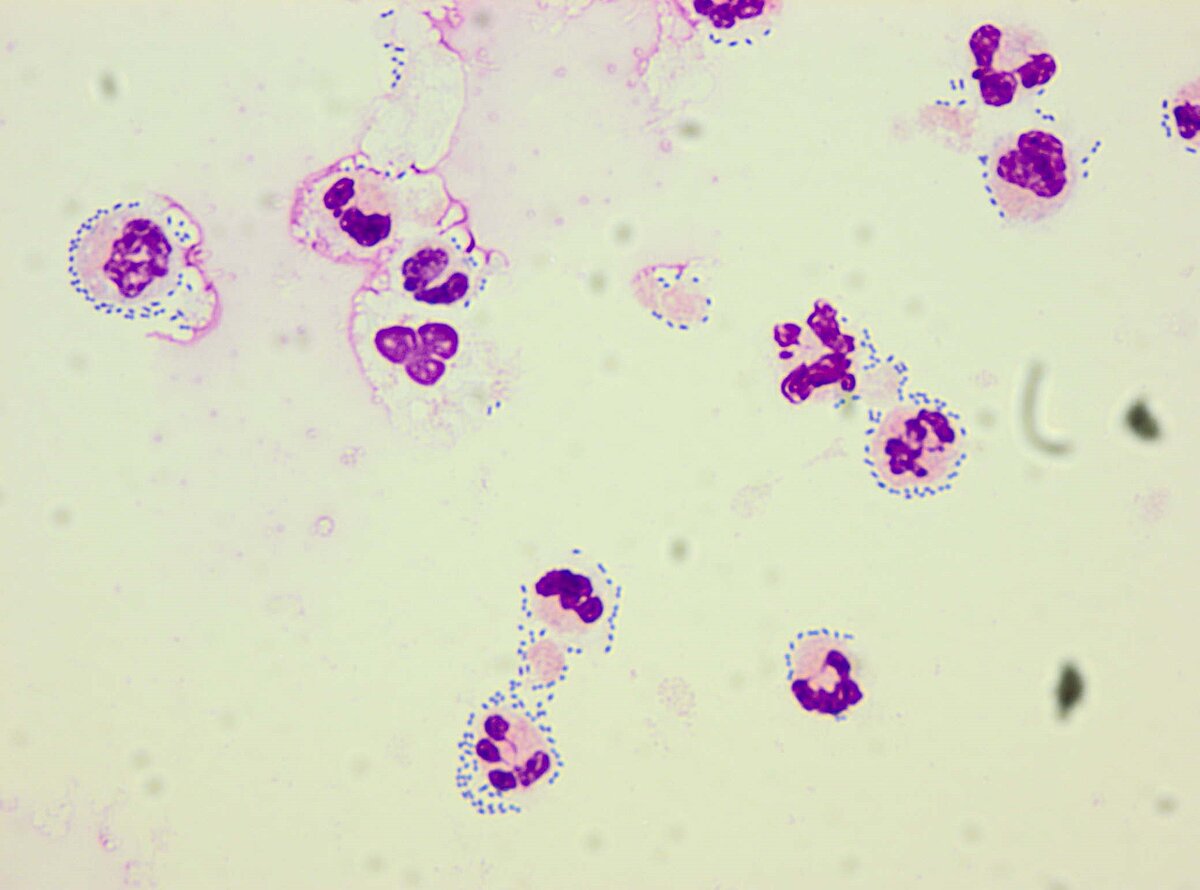Scientific Calendar August 2021
Which is one of the main pathogen species causing bacterial meningitis in adults?
Drosophila melanogaster
Epstein-Barr-Virus
Neisseria meningitidis
Haemophilus influenzae
Congratulations!
That's the correct answer!
Sorry! That´s not completely correct!
Please try again
Sorry! That's not the correct answer!
Please try again
Notice
Please select at least one answer
Scientific background
Meningitis is an acute inflammation of the membranes surrounding the integral parts of our central nervous system — the brain and the spinal cord. It is a severe infection caused by viruses, bacteria or any pathogens that are able to leave the peripheral blood and enter the cerebrospinal fluid. The most typical symptoms are neck stiffness, early onset of fever and heavy headache. Due to the inflammation’s proximity to both brain and spinal cord, meningitis is also potentially a life-threatening medical condition [1].
Meningitis caused by bacteria is particularly devastating and is perceived as the highest global burden of all types of meningitis [2]. It is worth to note that meningococcal meningitis, caused by Neisseria meningitidis, mainly affects babies, young children and teenagers. This type is present in high incidences in the so-called ‘meningitis belt’, which is geographically located in the sub-Saharan Africa region from Senegal to Ethiopia. While meningococci are the main cause in the young ones, in adults, bacterial meningitides are originated from both meningococci and pneumococci (Streptococcus pneumoniae).
Nowadays, vaccinations help preventing the infection of the major causing pathogens. Nevertheless, an early detection and laboratory investigation are crucial for a timely and appropriate antibiotic therapy for bacterial meningitis.
The lab diagnostic confirmation of bacterial meningitis is mainly done by culture, antigen detection tests or Gram stain results of cerebrospinal fluid (CSF) samples. Additionally, the differential cell count of white blood cells (WBC), polymorphonuclear cells (PMN) and mononuclear cells (MN) in CSF samples of suspected patients is crucial [3]. This is because the cell count can support the clinical decision-making in patients receiving antibiotic therapy and therefore promote antibiotic stewardship.
Numerical results
The CSF sample analysis of a patient revealed an extremely increased nucleated cell count (TC-BF# = 2,277 cells/μL) on the XN-Series analyser. The proportion of white blood cells was 2,274 cells/μL. Red blood cells were practically absent, ruling out a traumatic tap. Also, a malignant condition was excluded, as the highly fluorescent cells’ (HF-BF) proportion was neglectable.
Thus, these numerical results highly suggest an underlying infectious condition.
Scattergram interpretation
The WBC-BF scattergram of the XN-Series analyser in body fluid mode (XN-BF) differentiates between polymorphonuclear cell (PMN) and mononuclear cell (MN) fractions. In this CSF measurement, a predominant PMN fraction (light blue area, PMN = 91.7%) was observed with some debris (dark blue) adjacent to the PMN cloud, raising the suspicion of interference.
Therefore, the sample was measured again using a UF-5000 analyser, which detected the presence of bacteria.
Comparable to the analysis in XN-BF mode, the analysis of the specimen in the body fluid mode using UF-5000 confirmed the diagnostic conclusions. A high number of white blood cells (WBC 2,536.8 cells/µL) was detected, which differentiated into MN (235.8 cells/µL) and PMN (2,301 cells/µL). The high share of 90.7% of PMN on the total WBC population thus indicates a bacterial infection.
Through the CB channel, the UF-5000 allows the detection and quantification of bacterial cells therefore supports the diagnosis of bacterial meningitis. This is highlighted by a high concentration of 2,011.4 bacterial cells/µL. The distribution of bacterial cells in the BACT scattergram suggests an infection with Gram-negative bacteria. However, additional diagnostic investigation, such as microscopic Gram staining, is still required for confirmation of the Gram status.
The subsequent cytospin analysis showed massive presence of segmented neutrophils and intra- and extracellular bacteria, further confirming the diagnosis of bacterial meningitis.
This particular case shows how the haematology XN-Series analysers and the urinalysis UF-Series analysers perfectly complement each other’s results and support a timely patient management.
References
[1] https://www.who.int/health-topics/meningitis, visited 2 June 2021.
[2] https://www.who.int/immunization/monitoring_surveillance/burden/vpd/surveillance_type/sentinel/meningitis_surveillance/en/, visited 2 June 2021.
[3] Buoro S et al. 2018: Two-site evaluation of the diagnostic performance of the Sysmex XN Body Fluid (BF) module for cell count and differential in Cerebrospinal Fluid. Int J Lab Hem. 2017; 1–8.
Discover our SEED

Fluids present in body cavities or hollow organs can be of physio-logical or pathological origin. The indication for an analysis of body fluids covers a wide range of diagnostic reasons and is therefore part of the diagnostic workup in most routine laboratories.





